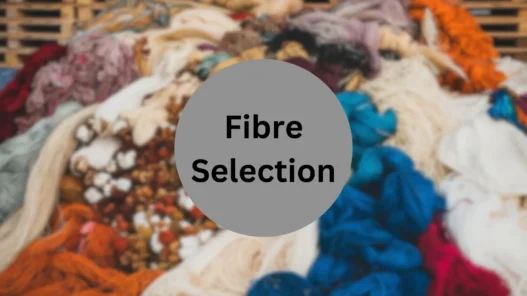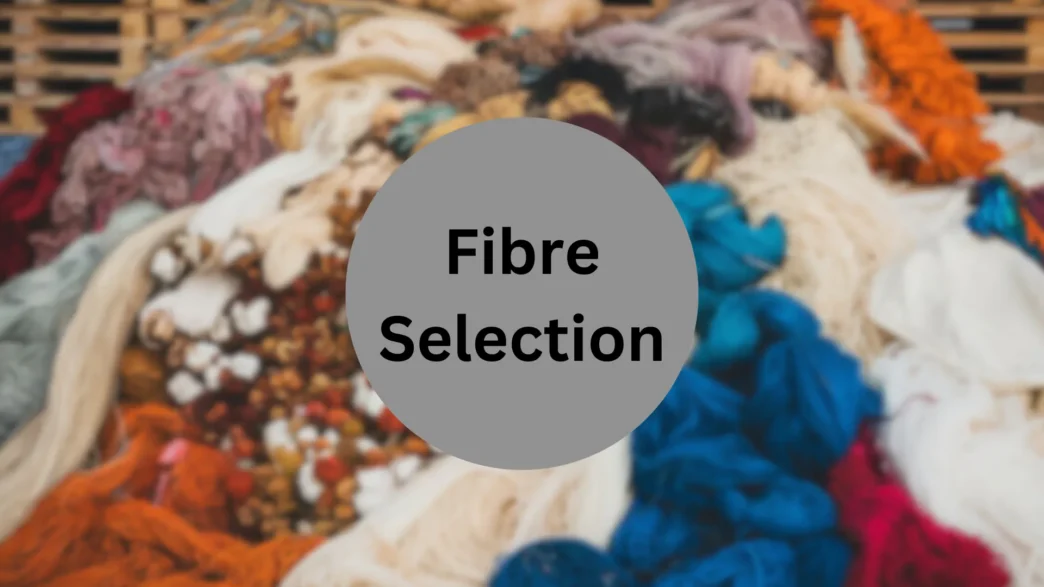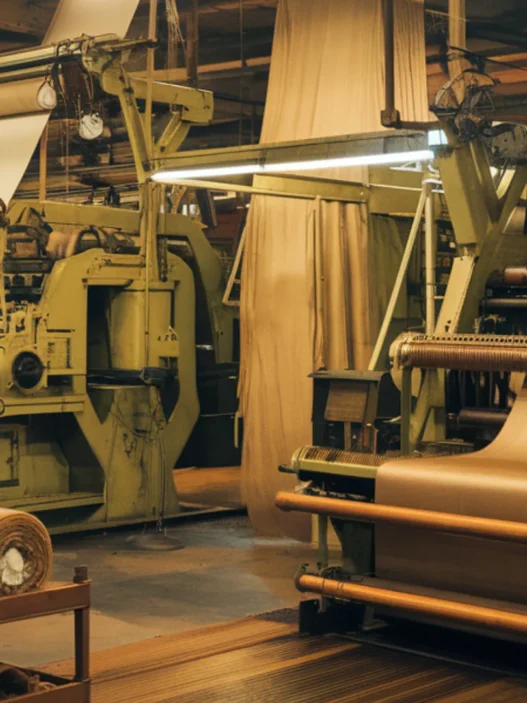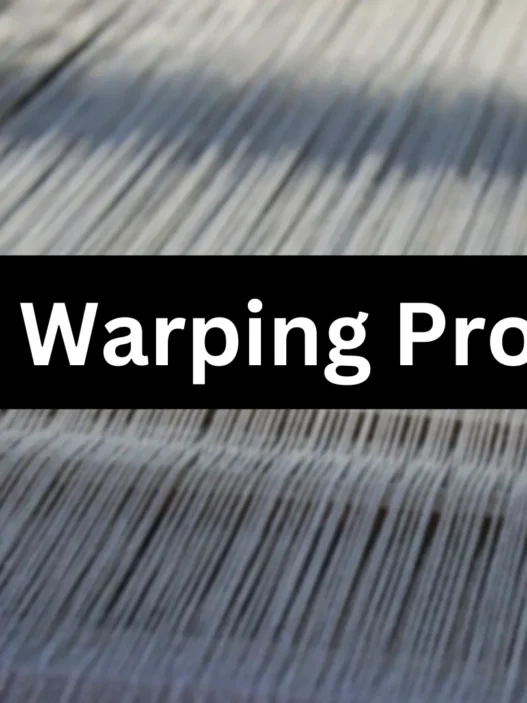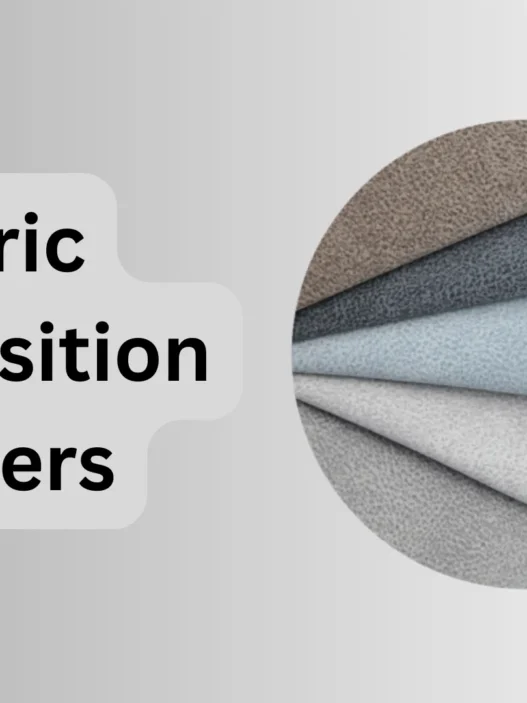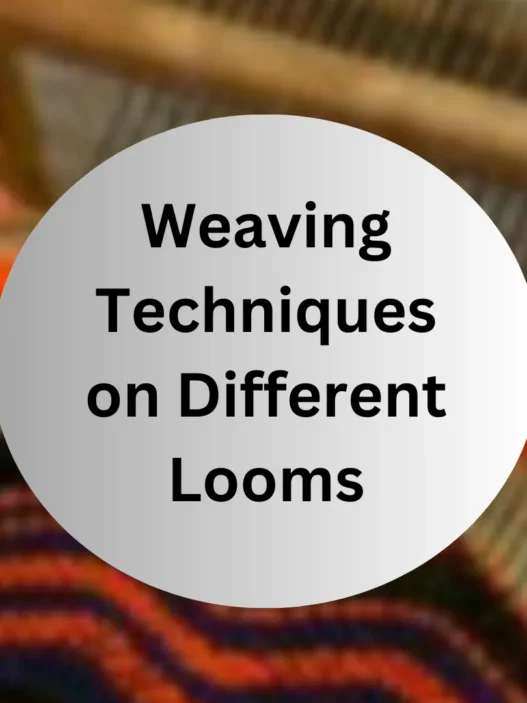Fibre is very important in textile design and manufacturing. The quality of the fibres you use, your production costs, and your appeal in the market all determine your product quality. If your textiles are to create luxury fabrics or functional wear, you will need the properties and potential of different fibres before making textiles that work well in production and on the shelf.
Below, we share everything you need to know about choosing their fibres for textile products.
Properties of Common Textile Fibers
A textile’s durability depends upon its fibres, texture, moisture absorption, and dyeability. Fibres are classified into two primary categories natural and Synthetic and each category has characteristics.
Natural Fibers
Cotton
- Properties: Soft, breathable, affordable.
- Uses: T-shirts, denim, towels.
- Downside: Prone to wrinkling.
Wool
- Properties: Warm, durable, wrinkle resistant.
- Uses: Sweaters, suits, carpets.
- Downside: A rise in the costs of production for sheep farming.
Synthetic Fibers
Polyester
- Properties: Durable, wrinkle-resistant, and affordable.
- Uses: Some athletic wear, jacket,s and upholstery.
- Downside: Non-breathable, less soft.
Nylon
- Properties: Strong, lightweight, elastic.
- Uses: Hosiery, ropes, outdoor gear.
- Downside: It’s cheaper polyester than silk feels, but polyester.
Mixing natural and synthetic fibres can achieve a cost-effective combination of properties.
Factors Affecting Fiber Selection
When choosing fibres for your textiles, consider these key factors:
Cost
- Natural fibres, like cotton and wool, are also more expensive, in part due to labour and agricultural costs.
- Pet synthetic fibres like polyester are often cheaper and trade-off in softness and sustainability.
- Budget-friendly and eco-conscious alternative to these fibres being recycled.
Durability
- Synthetic fibres (such as nylon and polyester) are tough and well suited to long product life.
- Textiles made from natural fibres may be less durable, but they provide greater comfort for short-term and single-use textiles.
Environmental Impact
- Natural and recycled fibres are more eco-friendly and need fewer production resources.
- Synthetic fibres are durable, but they have a higher environmental footprint than natural fibres, as their production processes generate pollution.
Trends
- Growing environmental awareness has led to the popularity of natural fibres, such as organic cotton.
- Synthetic fibres with properties such as moisture-wicking or stain resistance meet the needs of performance-driven trends.
Fibre Selection Impact on Cost
Choice of fibres, production expenses, and customer pricing were influenced. Here’s how:
- Raw Material Costs: Synthetic fibres rely on petroleum-derived materials, while natural fibres rely on a large amount of agricultural input.
- Processing Costs: Natural fibres are long and require painstaking cleaning, spinning, and preparation, whereas synthetic fibres tend to undergo streamlined extrusion methods.
- Market Perception: Natural fibres allow companies to charge luxury and quality so that consumers can justify the price.
Consumer demand must be balanced with the material cost to maximize profitability.
Influence of Fiber Selection on Performance and Appeal
The fibres in your textiles define their functional and aesthetic qualities:
Functionality
- Wool is warm and insulating.
- Polyester is quick-drying and wrinkle-resistant.
- Breathability is the strength of cotton, but not durability.
Aesthetic Appeal
- The culture of lustre and drapery has made silk a formal culture of luxury.
- Soft and soft, Cashmere only makes things more comfortable and more desirable.
- Low quality of the fibre (coarse fibres) hit sales.
Fiber Choice Optimization for Your Target Market
In line with Consumer Preferences
- Go for natural fibres to satisfy your audience’s luxury and sustainability obsession.
- Budgets and performance interests use synthetic fibres.
Seasonal Trends
- Summer collections are dominated by lightweight linens and breathable cotton.
- Staples of winter are warm flannels and insulating wool.
Balancing Cost and Quality
- Blended fibres give you an economical way to capitalize on the strengths of natural and synthetic.
Conclusion
Fibre selection in textile production is a key decision that affects costs, quality, and customer satisfaction. By understanding fibre properties and aligning your choices with market demands, you can make textiles that relate to your audience while staying profitable.
Olivia Hart is a business analyst passionate about entrepreneurship, providing insights and strategies for startups and established companies alike.








